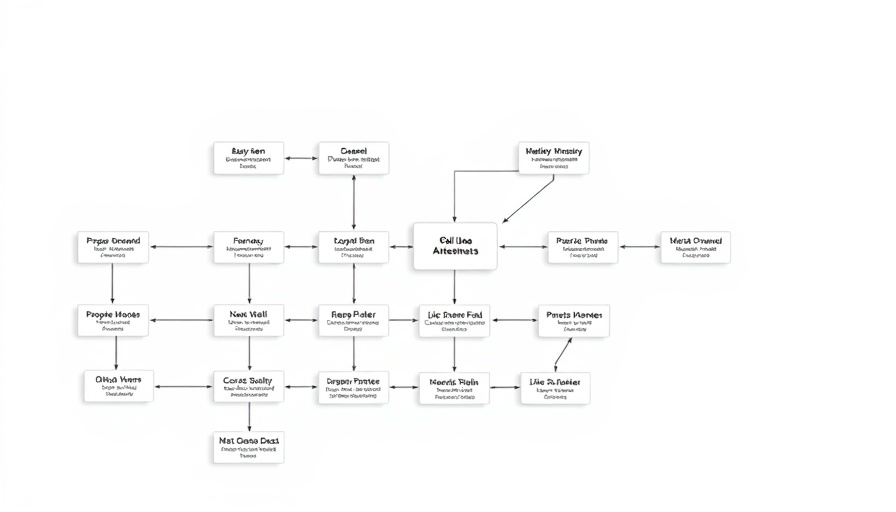
A New Era for Agile Testing with Appsvio
In today’s fast-paced digital landscape, software testing has emerged as a key pillar in the Agile development process. Recognizing its critical role in ensuring software reliability, the latest innovations such as the Forge Test Management app by Appsvio signal a transformative shift in how testing can be approached. This app not only caters to the evolving needs of modern development teams but also redefines the relationships and workflows between developers, testers, and stakeholders.
The Significance of Testing in Agile
Software testing is no longer seen as an afterthought but is integrated into the Agile methodology itself. With a strong emphasis on collaboration and transparency, Agile fosters an environment where teams can effectively assess software quality throughout the development cycle. The Appsvio Test Management app embodies these principles, enhancing collaboration by bridging gaps between different phases of software development.
Why Forge?
Launched as a revolutionary platform within the Atlassian ecosystem, Forge provides developers with tools that prioritize security, functionality, and user experience. According to the insights from Appsvio, the platform is designed to integrate seamlessly with Jira, ensuring that Agile teams can optimize their testing processes. The decision to adopt Forge was rooted in the platform's ability to facilitate high levels of integration while maintaining a strong commitment to security and transparent data management.
Trust and Security at the Core
As test management becomes increasingly critical, ensuring secure data storage has taken center stage. With potential data breaches posing significant risks, the Appsvio app utilizes Forge SQL and Object Store modules to ensure that sensitive data remains within the robust AWS cloud infrastructure. The app's adherence to stringent data management protocols is signified by the 'Runs on Atlassian' badge, highlighting its dedication to developing a trustworthy tool geared for today’s testing professionals.
What This Means for Teams
The introduction of tools like the Appsvio Test Management app signals a promising shift for Agile teams. By leveraging Forge, testing processes are not only streamlined but also fortified with enhanced security measures. As testing continues to evolve, embracing innovative tools and methodologies will be essential in maintaining competitive advantages in software development.
 Add Row
Add Row  Add
Add 




Write A Comment